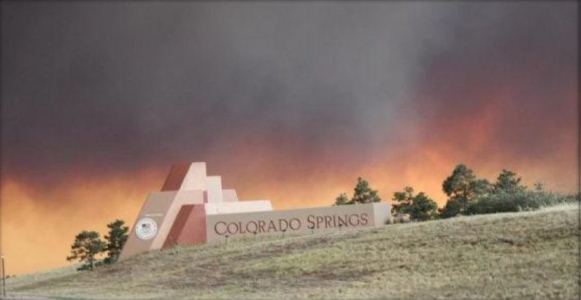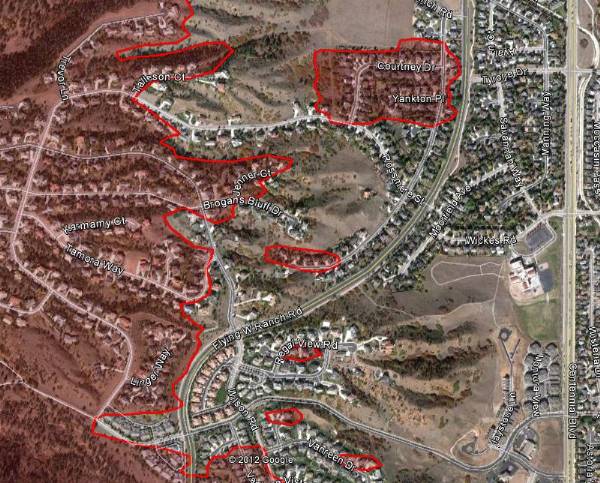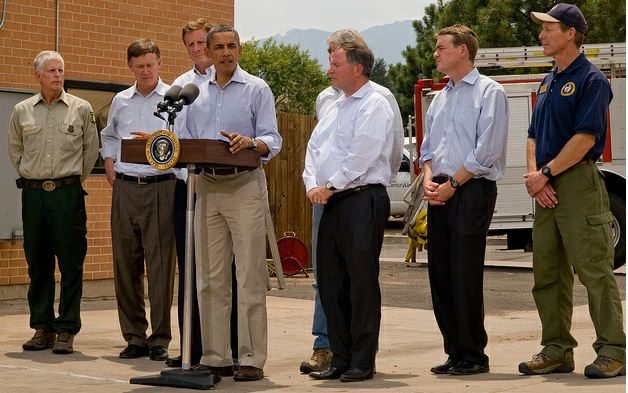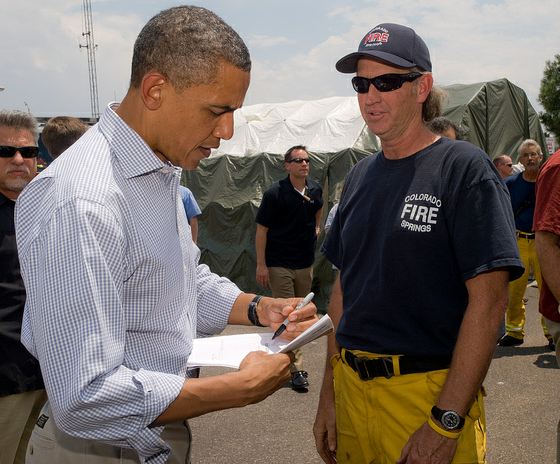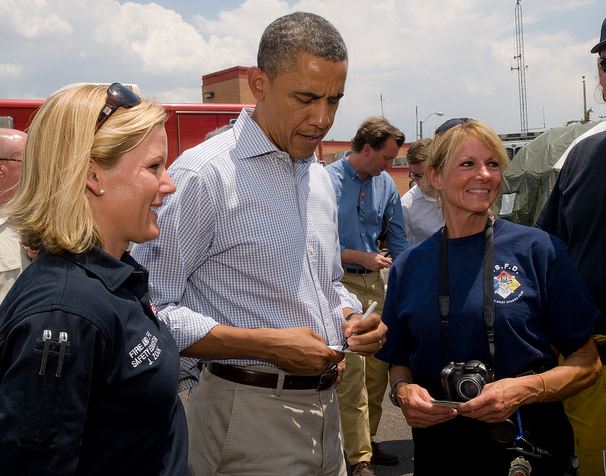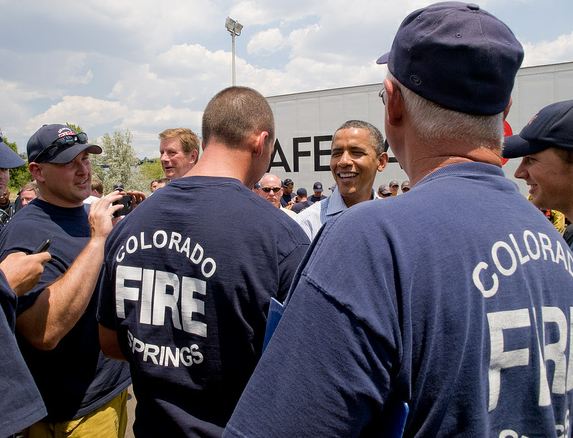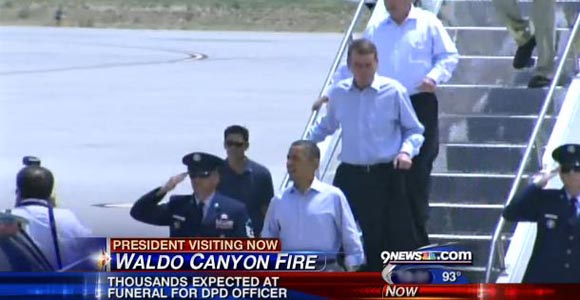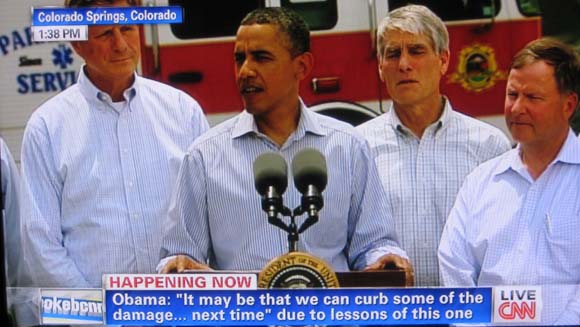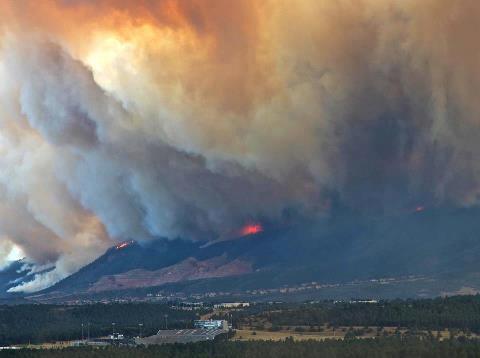
The Colorado Springs Independent conducted an exhaustive study into the management of the Waldo Canyon Fire, which in June, 2012 killed two people, destroyed 346 homes, and burned 18,247 acres — with some of those acres and most of the homes being within the city limits of Colorado Springs. The results of their investigation, published in a lengthy article on December 12, are extremely interesting. More about that later.
On October 23, the City of Colorado Springs released what they called an “Initial After Action Report”, but in the document they admitted the AAR was not the final, comprehensive report on the fire, but was considered preliminary. An in-depth analysis, they said, would occur over the next several months to fully explore Colorado Spring’s management of the fire.
The report, as we wrote then, was unusual. It listed some strengths and recommendations, but omitted information about the issues that caused the recommendations. Therefore, it was not always clear WHY the recommendations were made, forcing an observer to read between the lines. This limited the opportunities for lessons learned and may not in all cases have the desired result of preventing mistakes. There was no indication that they consulted experts outside the city for unbiased opinions or recommendations.
In reviewing the recommendations in the ARR, it appeared that many of the issues would be mitigated with adequate training and experience in the Incident Command System.
After reading the article in yesterday’s Colorado Springs Independent, I am left stunned. Regarding the management of the fire within the city of Colorado Springs, I have never heard of a wildland fire with such a huge impact that was so utterly, catastrophically mismanaged.
The fire started Saturday, June 23, 2012. A Type 1 Incident Management Team, Great Basin Team 2, with Incident Commander Rich Harvey, assumed command Monday morning, June 25. Except, according to the article:
[Colorado Springs FD Fire Chief Rich] Brown said he specified in the city’s delegation of authority that the city, and no one else, would have control if the fire crossed into Colorado Springs.
The newspaper examined hundreds of documents including reports written by firefighters working on the fire. The article is astounding. If it is correct, and I have no reason to believe it is not, it exposes complete failures in pre-incident planning, qualification and training of fire department personnel, evacuation planning and execution, logistics, daily incident planning, strategy, and tactics. Apparently this large, modern city with an extensive, very vulnerable wildland-urban interface was completely unprepared to manage a large wildland fire or evacuations.
The article does not criticize firefighters. It points out the failures in preparedness and management of the fire by upper level officials, before, during, and after the incident. Some mid-level and upper level firefighters were forced into positions of great responsibility on the fire without having been provided the necessary training and experience. That was not their fault, it was just the way it was done in Colorado Springs.
You should read the article. It’s long, but worth it from a lessons learned perspective. The comments at the bottom of the article are interesting as well.
Here are a few excerpts from the article, copied and assembled into bullets:
- When the fire swept into Mountain Shadows, the city had a mere four firefighting vehicles, or apparatus, assigned to that subdivision and all other land north to the Air Force Academy.
- The evacuation plan had been drafted only that morning, and was enacted minutes before the first homes burned.
- Local firefighters found themselves outgunned, and much of the help from other fire departments was nowhere close, because leaders sought those resources only after flames came into the city. Their chief staging area wasn’t set up and equipped until houses were ablaze, and they didn’t have a mobile command post until eight hours into Tuesday’s firefight [when most of the homes burned].
- And, as readily admitted by city firefighters leading efforts on the ground that night, the fire could have charged further eastward for miles had it not been for the unanticipated arrival of U.S. Forest Service engines and their hot shot crews.
- [A Colorado Springs FD Captain], a heavy rescue expert with no current wildland certification, was in charge of the city’s deployed resources on Tuesday [when most of the homes burned].
- And because the department hadn’t made maps in advance for out-of-town engines, crew’s like Company Officer P.J. Langmaid’s were told to “split all our companies and place one member on each Denver Fire rig as a point of contact and communications/operations liaison.”
- The next day, the city did sign its own delegation of authority — but apparently made it clear its fire personnel would remain separate from Harvey’s [Type 1 Incident Management] team, which arrived Sunday night. In a July 16 interview, [Colorado Springs FD Fire Chief Rich] Brown said he specified in the city’s delegation of authority that the city, and no one else, would have control if the fire crossed into Colorado Springs.
- As adamant as the city was that its personnel operate independently during the fire, it is equally adamant that only its personnel examine the response. No third party has been engaged to review the city’s performance, which often is requested when a fire kills people.
The map below shows the progression of the Waldo Canyon Fire. Colorado Springs is on the eastern edge below the blue box that says “July 1-6”.

The Colorado Springs Independent, and the reporter, Pam Zubeck, deserve a great deal of praise for their investigation and the writing of this excellent article. Pulitzer Prize-worthy maybe?


